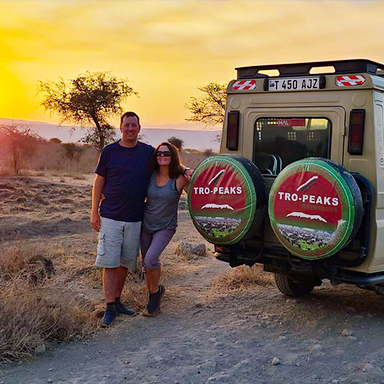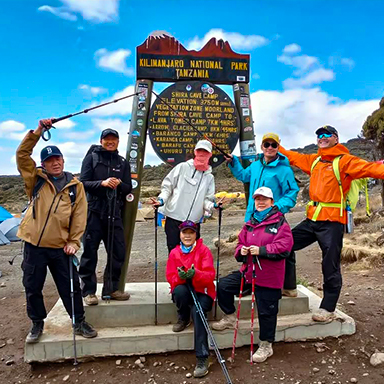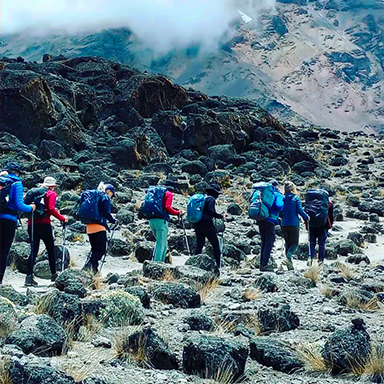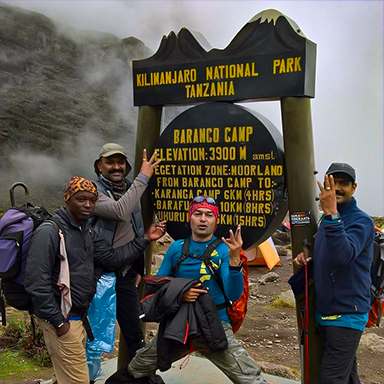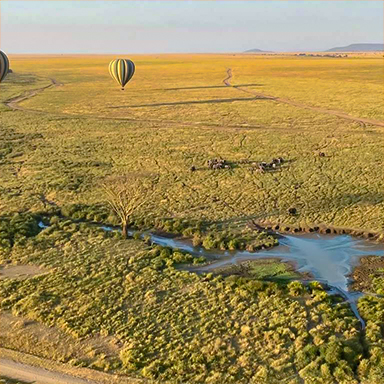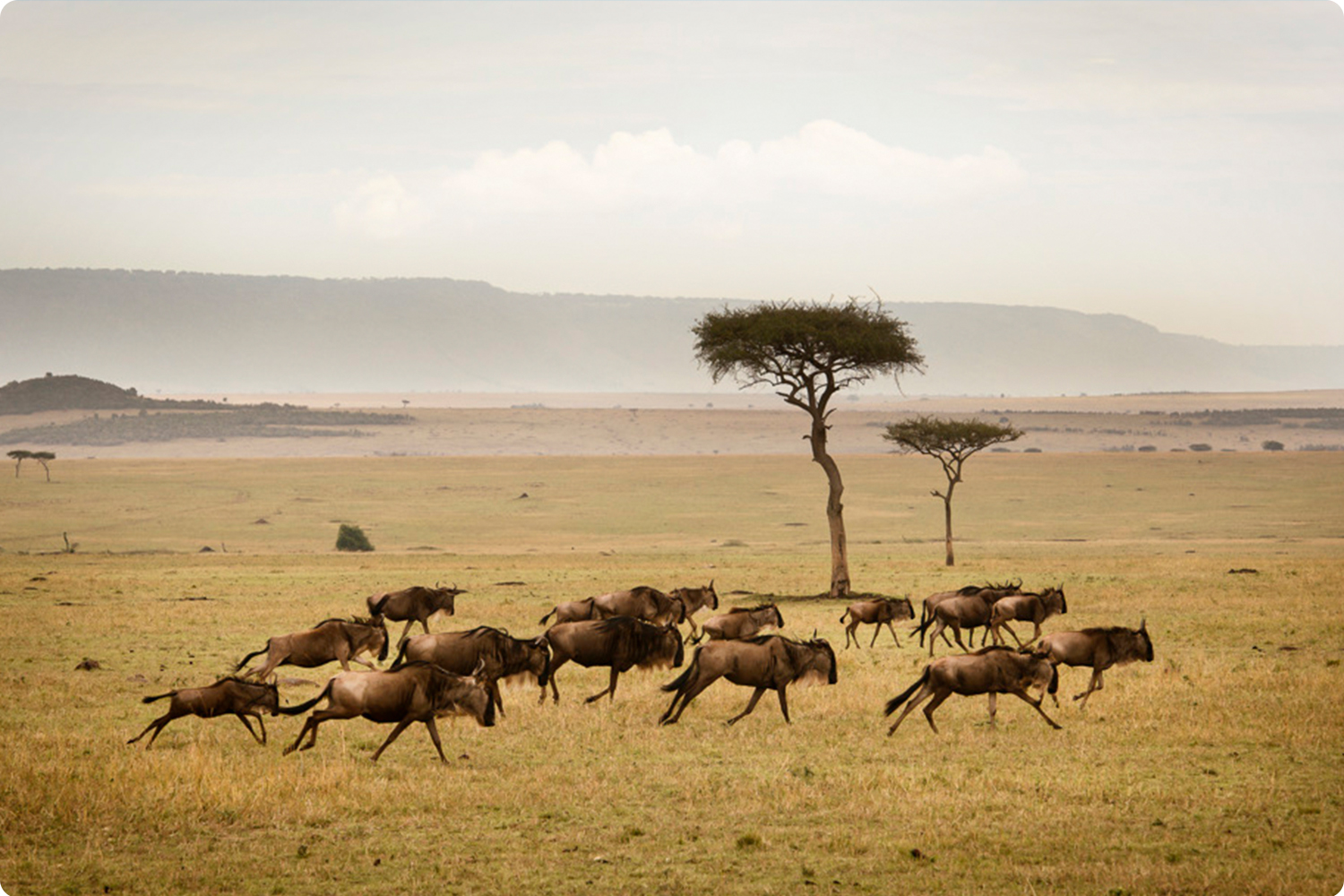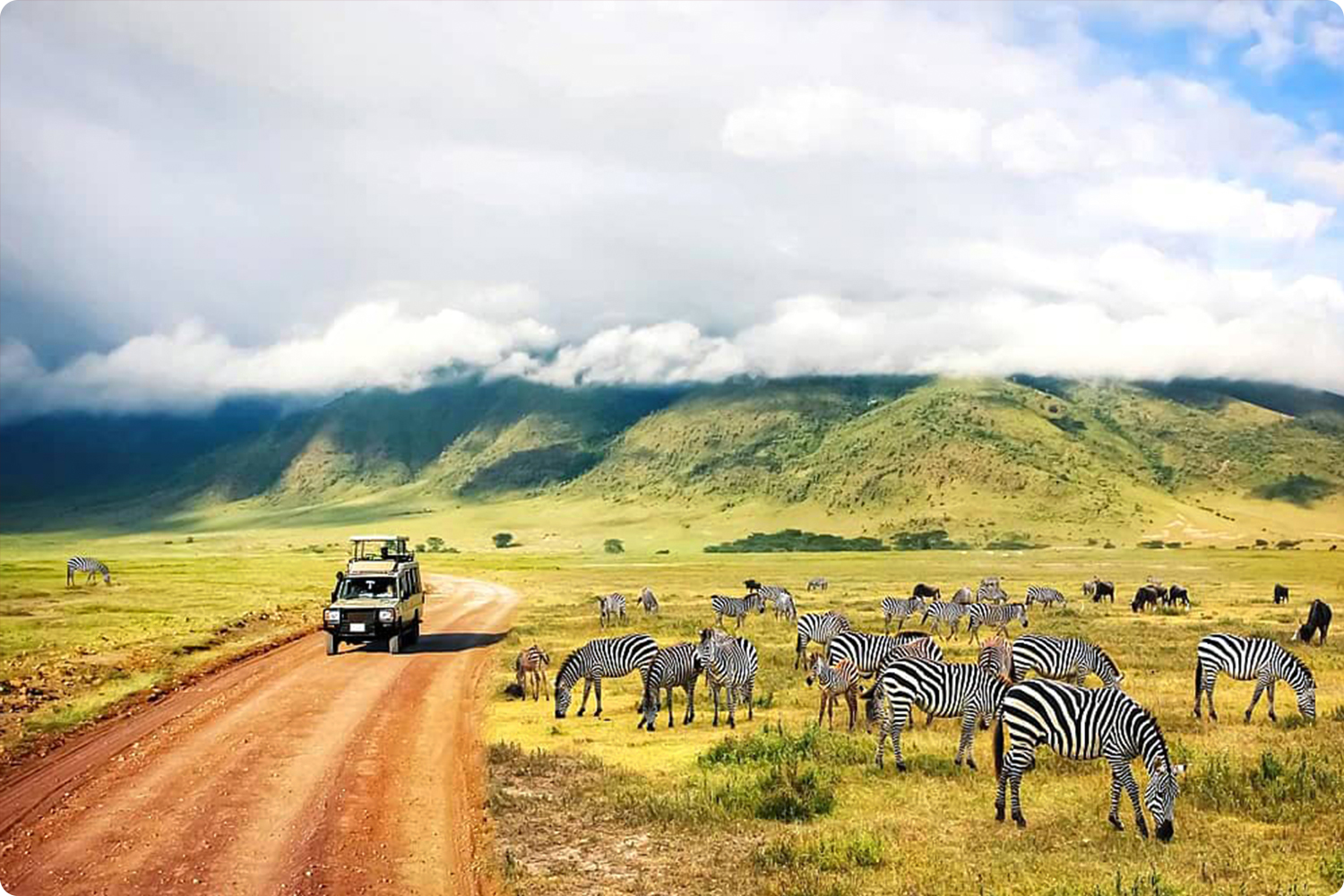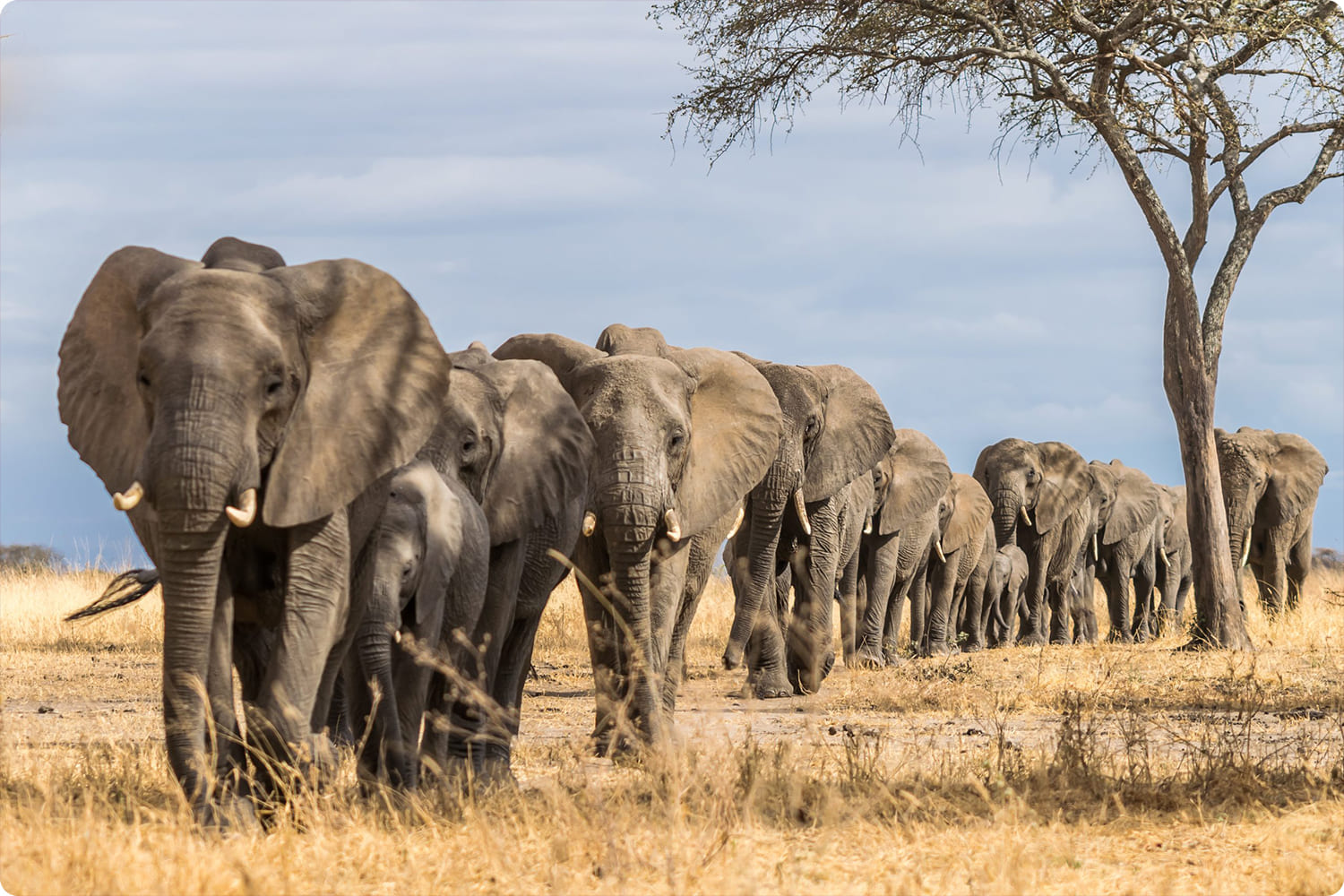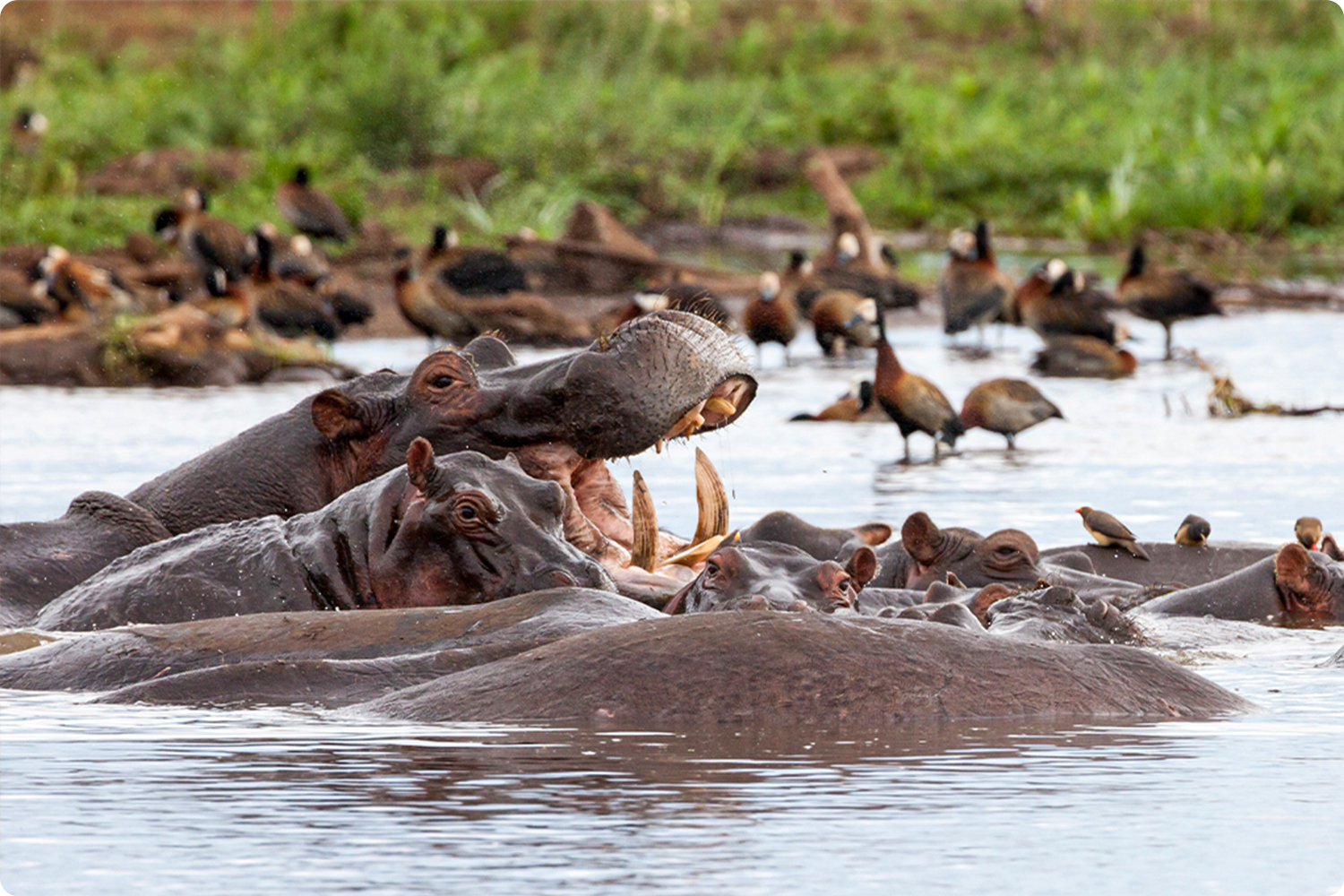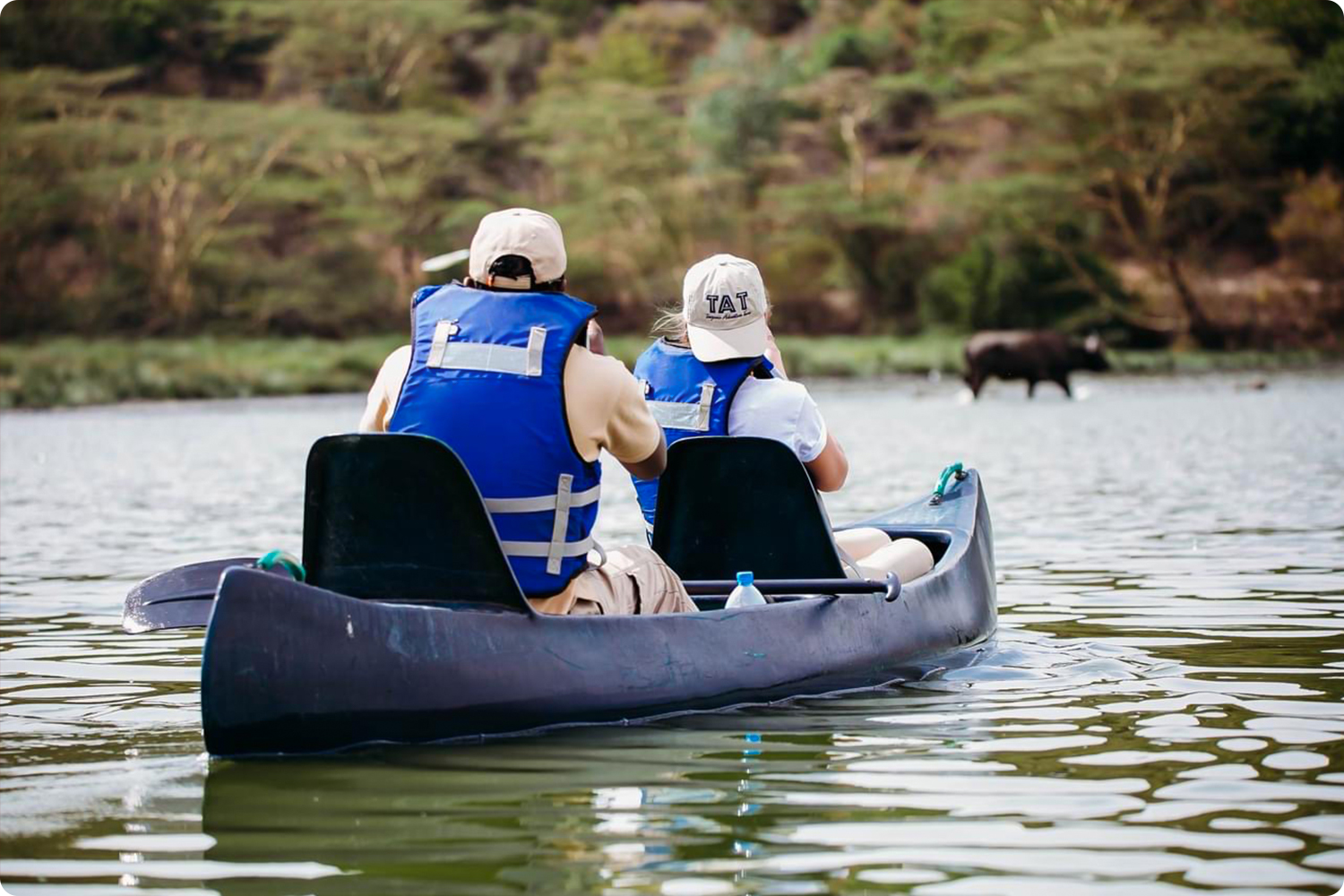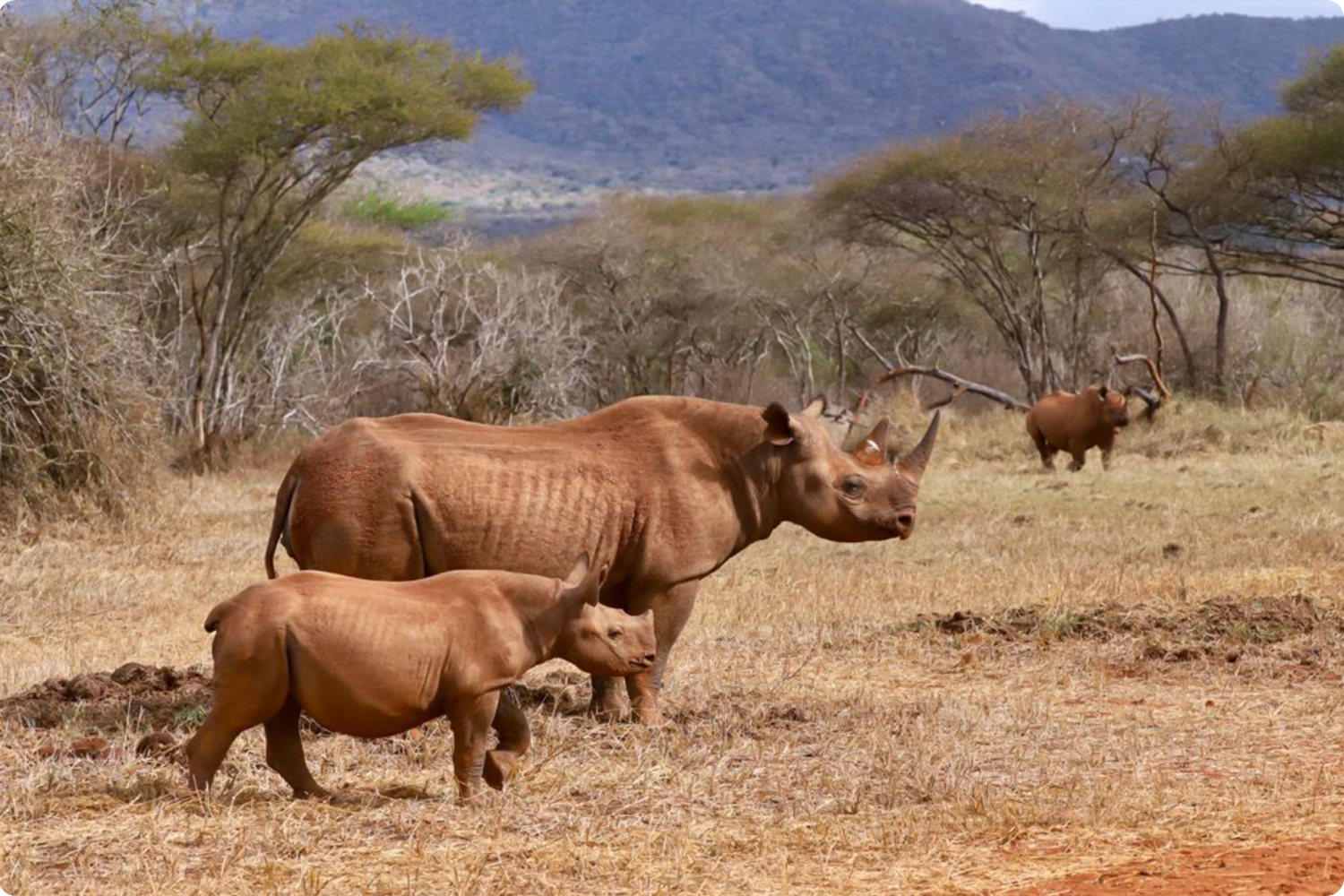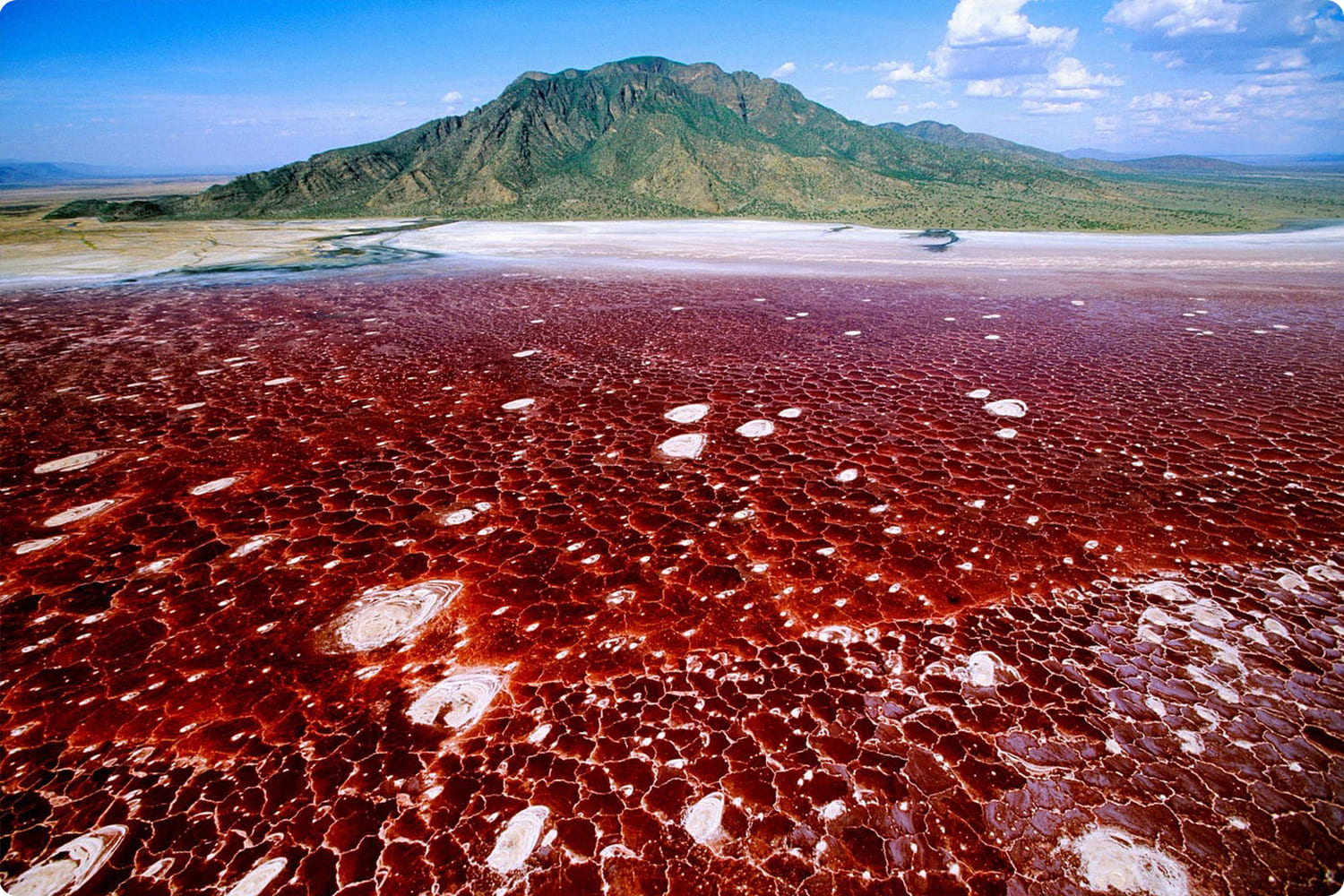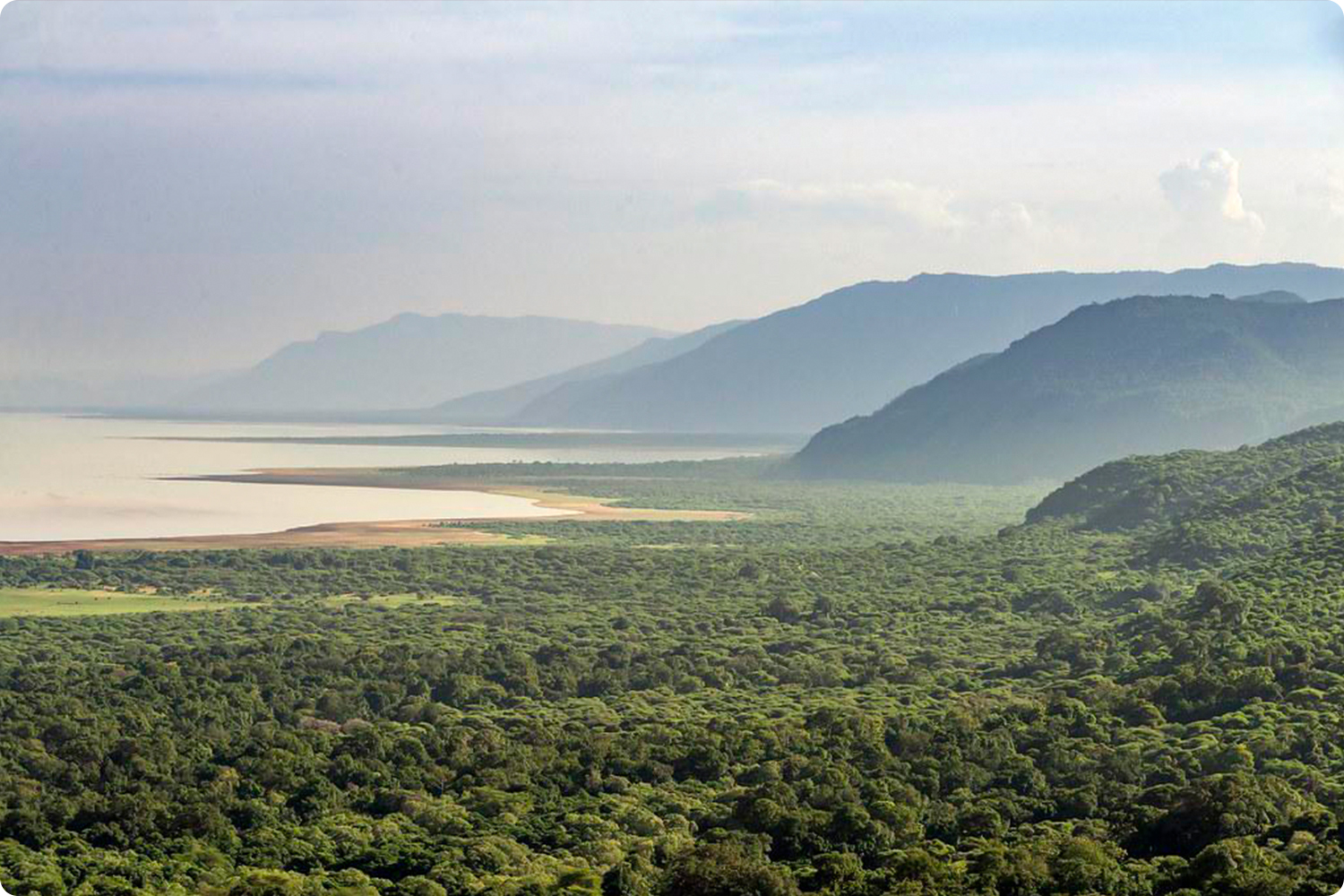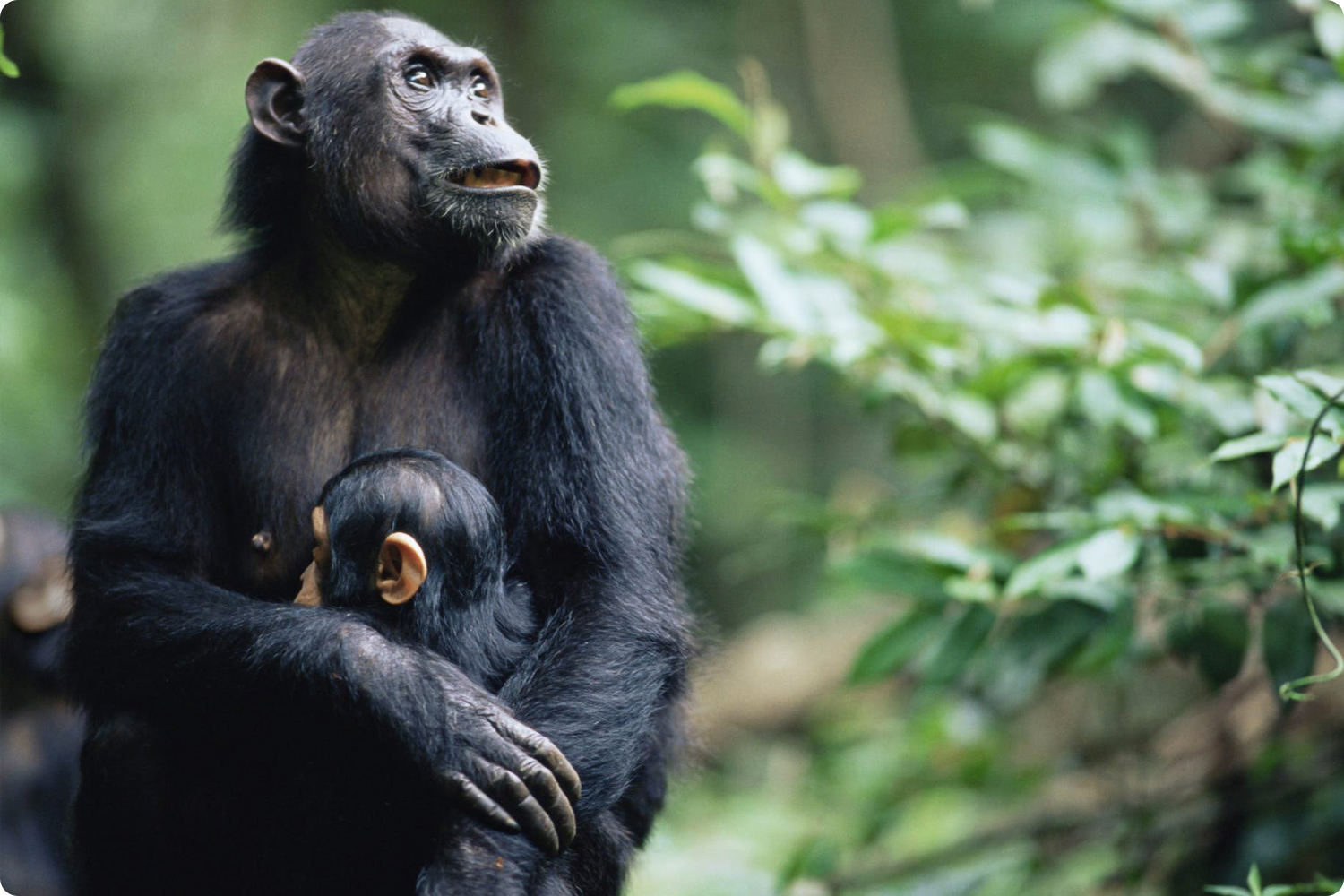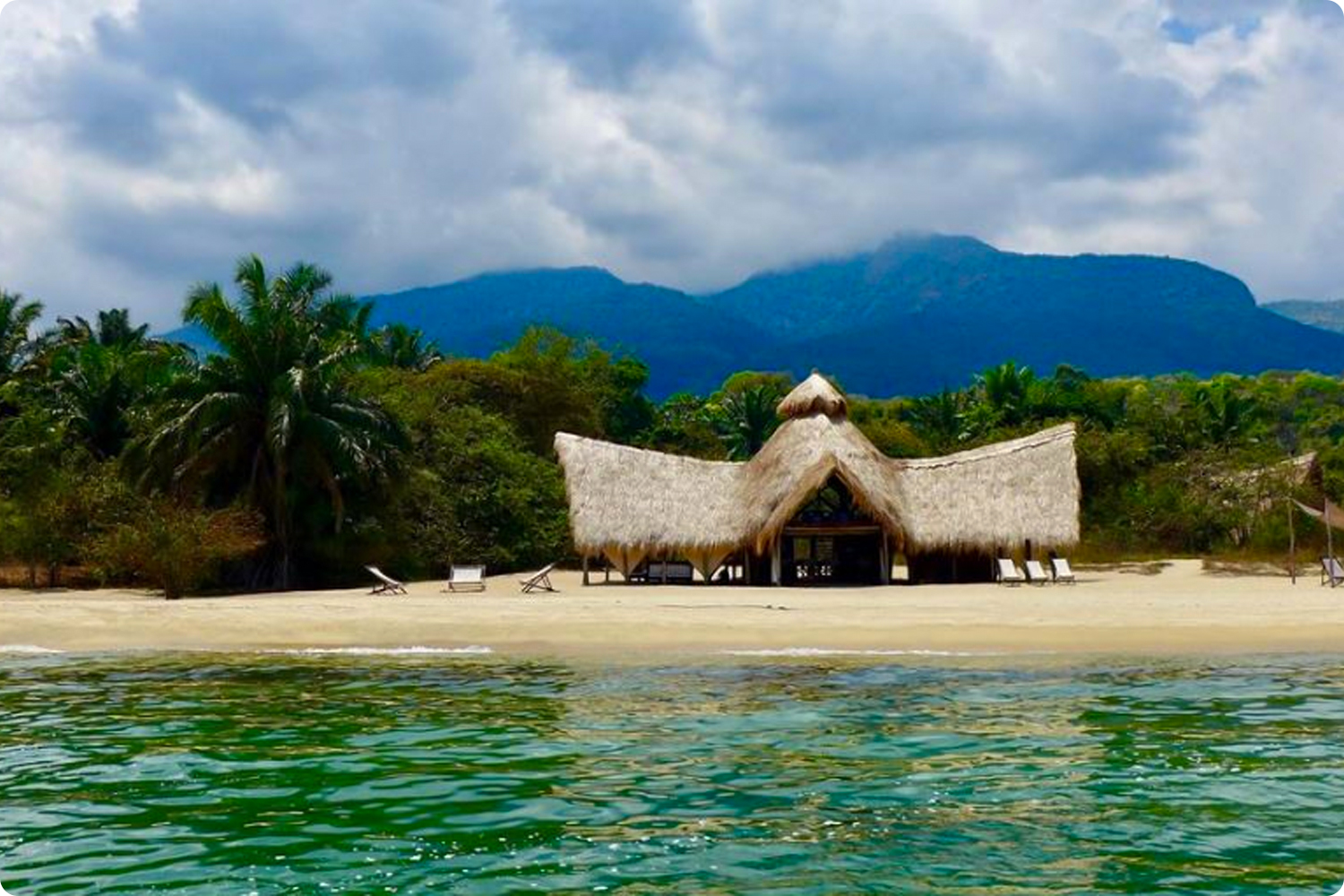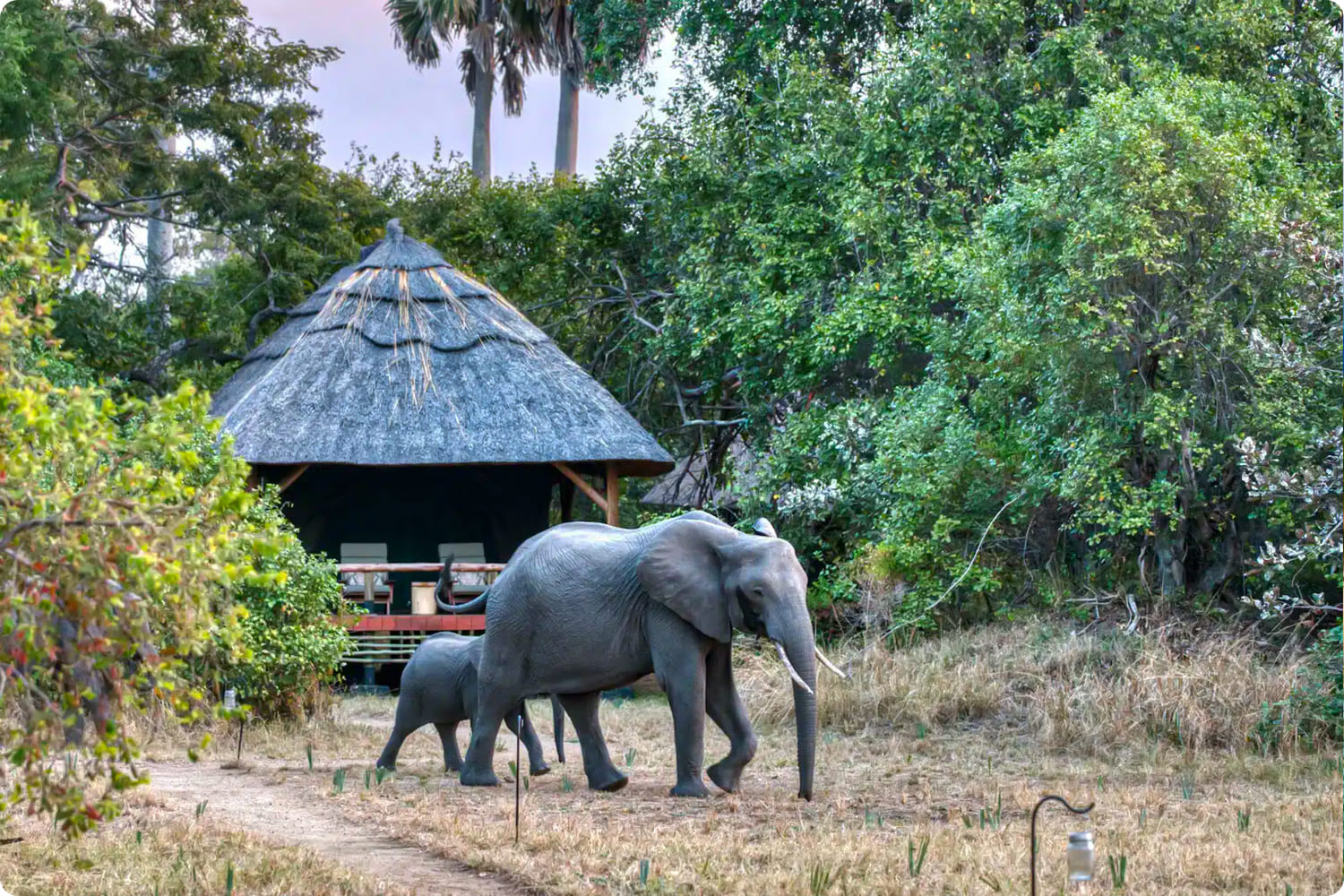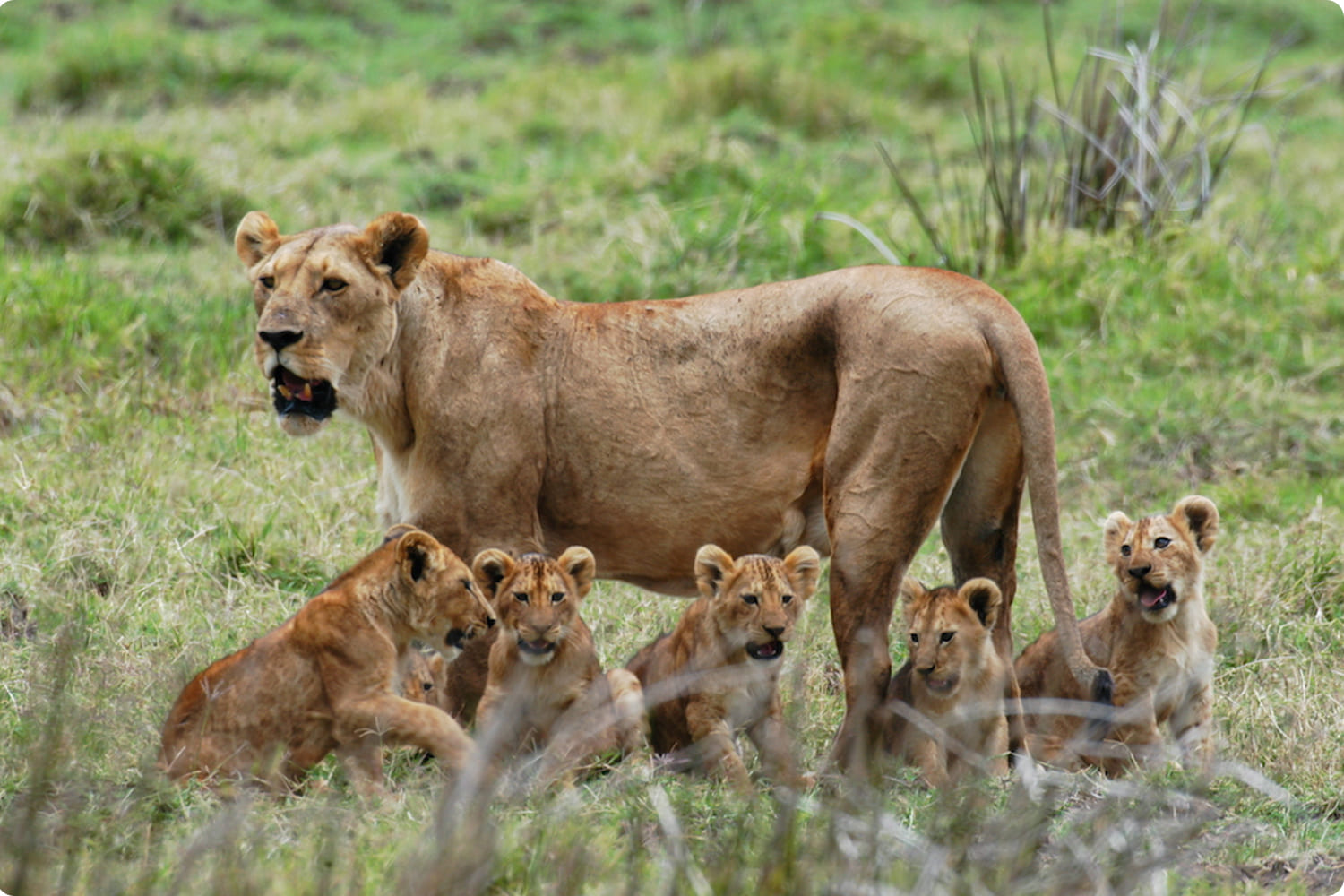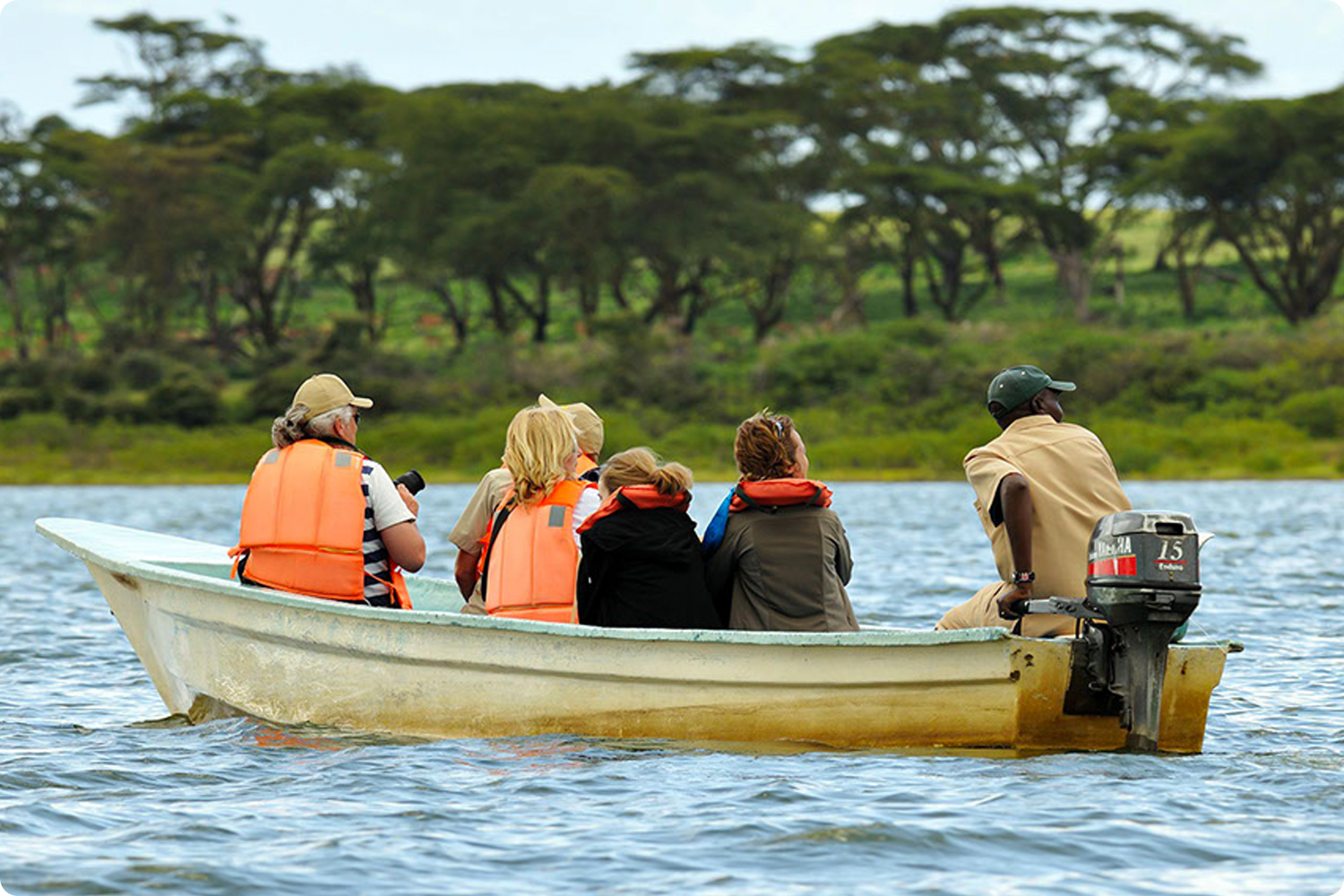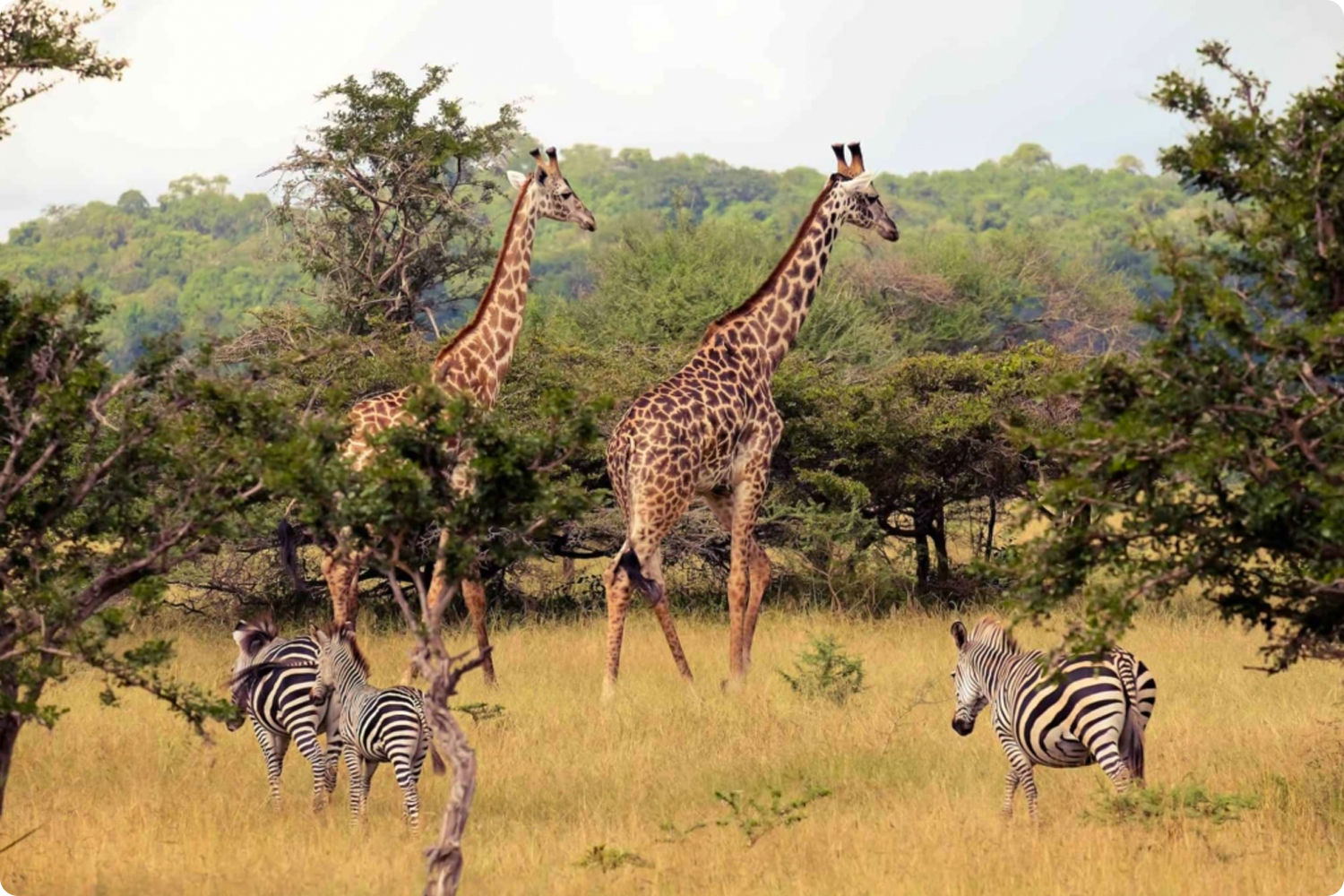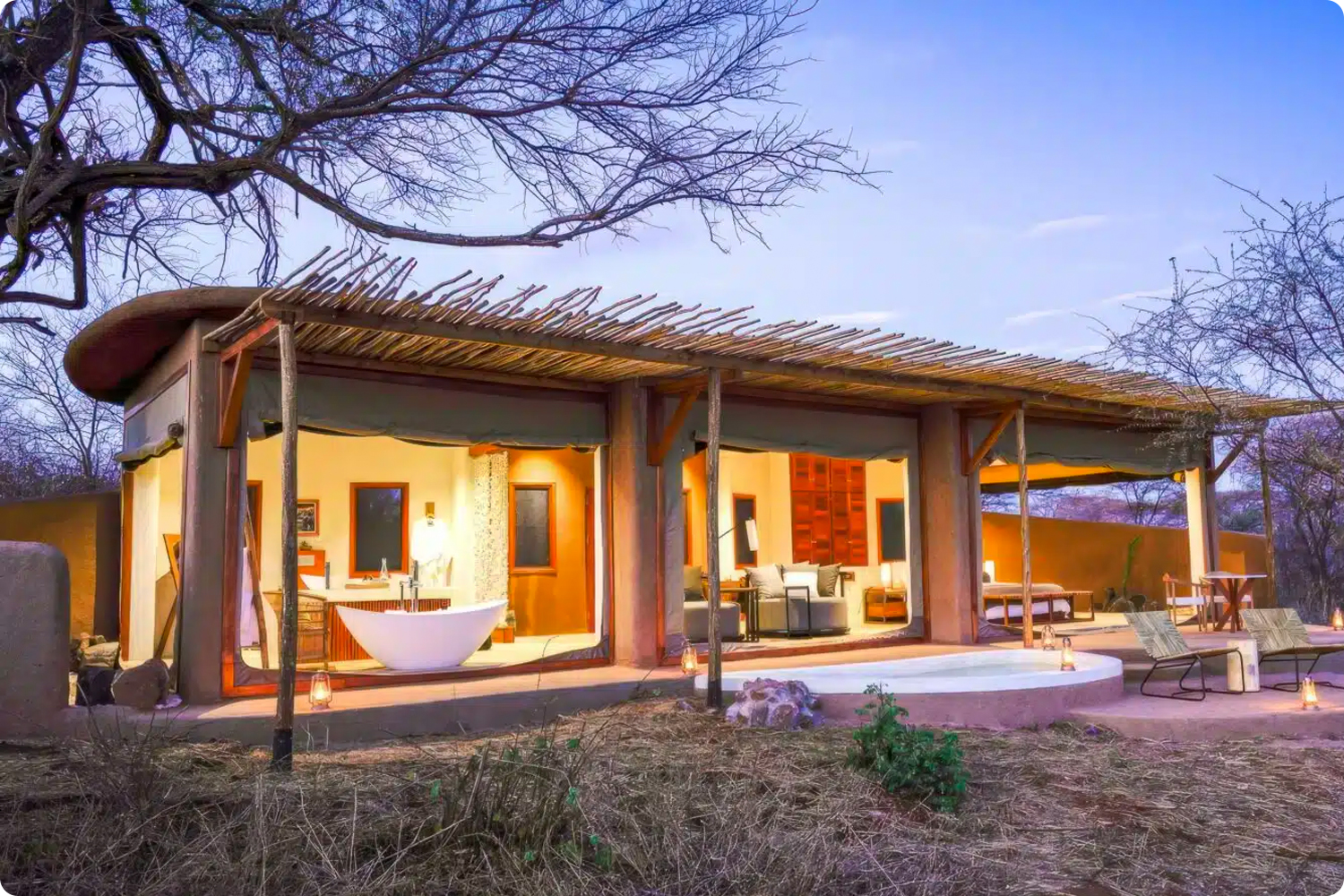Safari Destinations
Featuring the highest population of exotic animals in the world, the East African region is a must-visit destination for any traveler. The wildlife sanctuaries of the National Parks in Tanzania and Kenya amaze the visitors with grandeur and virginity of the nature. Whatever your adventure goals may be - to see the Great Migration, the Big Five or to capture majestic sunsets on camera - these destinations have all of these and much more to offer.
Serengeti
National Park
Ngorongoro
Conservation Area
Tarangire
National Park
Manyara
National Park
Arusha
National Park
Mkomazi
National Park
Lake Natron
Lake Eyasi
Gombe Stream
National Park
Mahale
National Park
Mikumi
National Park
Katavi
National Park
Saadani
National Park
Nyerere
National Park (Selous)
Ruaha
National Park


